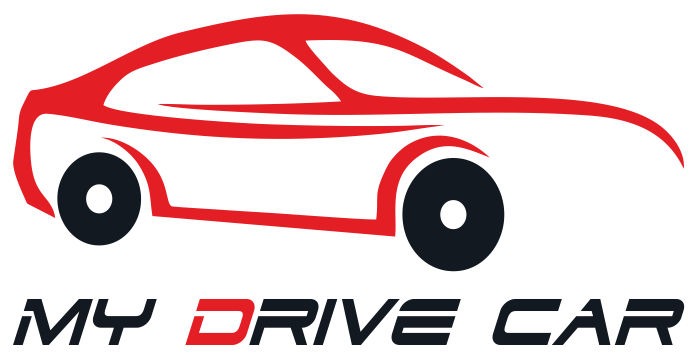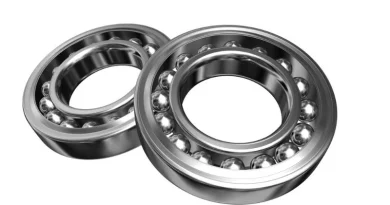8 Tips for Running a Successful Auto Dealership
Today, there’s plenty of competition in the automotive dealership world. There may be many OEM dealer networks in your area, cross-brand facilities, new or used vehicle outlets, and online and offline businesses vying for the same pool of customers.
So, you can’t be passive when running your company. Building and maintaining a successful auto dealership requires a formal plan. But where should you start as you carefully position your business? Here are eight tips for you to consider.
Effective Strategies for Auto Dealership Success
1. Know Your Market Well
Have you done any demographic studies? It’s a good idea to replicate your typical buyer, creating a persona that can drive your other marketing decisions. What type of vehicle do they tend to buy, and are they motivated to do so at different times of the year? This information will also tell you how they are likely to respond to different marketing techniques. You can also use this data to help you adjust your stock and focus on acquiring the vehicle types that are likely to sell. This approach also helps you offer the most logical services and cut out any waste.
2. Clarify Your Sales Goals
Be very specific about what you want to achieve but always ensure your aspirations are realistic. How many vehicles (of a particular type or brand) do you want to sell in each month?
Will you have the stock to enable you to do this if you are successful? Are your sales team up to the task and fully on board with your SMART goals (specific, measurable, achievable, relevant, timely)?
3. Zero in on Your Advertising
Your earlier demographic research probably revealed how likely your customers are to interact with different media. This will help you narrow down your advertising forms rather than employing a scattered approach.
Will you divert marketing dollars to TV, radio, print, pay-per-click, or social media? Also, ensure that you track campaign performance carefully by adding identifiers to each form of media. You’ll want to know what type of advertising brings in the dollars and cut out the rest.
4. Keep a Close Eye on Your Sales Reps
It helps to have a powerful CRM that can give you all the numbers you need and tell you how each sales rep performs. Be granular and find out why a particular employee may be underperforming. The answers may help you get that staff member back on track, improve your training methods, or introduce new incentives.
5. Manage Your Staff to Lower Turnover
Implementing a more formal staff management practice can also help improve employee performance and retention. This starts with recruitment, so you only take on the best to give your dealership a head start. You may need to increase the number of interviews each candidate has or expand your training program.
For example, you may need to offer better incentives to help differentiate your dealership from the rest of the pack. A study from AutoRaptor finds that dealerships with better talent management had a 17% lower turnover rate than dealers who didn’t[1].
6. Keep Your Customers Coming Back
Keeping a good customer is much easier and cheaper than finding a completely new one. So, don’t forget a customer after that first successful sale. Keep them engaged instead by sending interesting newsletters and offering them coupons to bring them in for a service visit. Do your best to keep your name on the tip of their tongue; they are more likely to return when they need anything automotive.
7. Polish Your Reputation
While you will want to pay attention to existing clients, you ought to build a great reputation in your broader marketplace. This begins by offering stellar service with great prices and jumping on any problems as soon as they arise. You’ll also need to encourage reviews and recommendations through the strategic use of social media. Remember, most consumers will do a certain amount of research (mostly online) before deciding to buy a vehicle.
Always gather reviews and ratings from customers and manage them carefully. Never ignore substandard reviews but be clear about how you address them. This lets potential customers see that you are willing to listen, keen to do a great job, and always ready to improve.
8. Source the Right Inventory
When you understand your buyer demographic and have built a good persona, you know what vehicle category will likely sell. However, you still need to source inventory and ensure that you have a sufficient number of vehicles of each make and model. So, what’s the best approach when it comes to used cars? Certainly, you can use vehicles that existing buyers trade in or answer ads in local classifieds to reach people selling your target vehicles.
Using an online car auction designed specifically for dealerships is a more effective option. This approach allows you to confidently source vehicles nationwide and benefit from up-to-date market reporting that informs your buying strategy. You can also browse on your own time and create watchlists for vehicles your customers are interested in.




